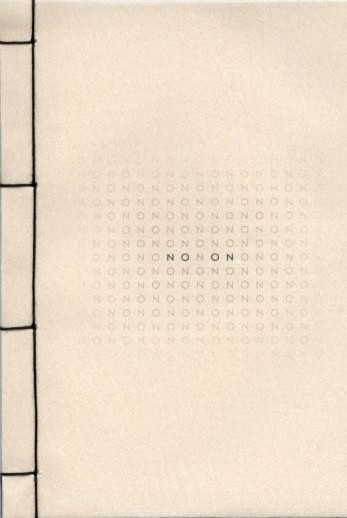Noon:
As my mind opens to the flow of
different voices within, the nature of the powerful contemporary short poem is
revealed. While there are nuances or contrasts between adjoining authors,
crossing points are subtle; each author maintains an autonomous voice, yet
reading through, the sense of a new genre arises — a category of poetry yet
unnamed. Concision, directness of speech, crisp and powerful images, humour,
wordplay, are elements; yet these can be found elsewhere: there is something
more. What is most noticeable? First, that many poems hint at metaphysical or
philosophical dimensions — there are succinct relationships offered between
humankind and nature. A sense of depth may be invoked, for example, simply due
to the irruptive contact between a few adjoining lines, creating a
strongly imagistic landscape — followed immediately by a poetically abstract
statement. Or the reverse, as in this excerpt from a poem by Morris Cox,
simple / not deep / /
shadow on shallow water.
Here, the wordplay of
simple-shadow-shallow puns upon the sense of literal realism typically given
with each word; the pun serves to activate a metaphysical sense of the
image, recalling Zen paradox. This sense is postmodern, in that “language” as
sign comes to the fore, but with a return to Earth, to nature and essential
meaning, to things in themselves. The reader is not left "decentered"
in a world of ever‑mutating signifiers — in fact, there seems to be a point
to Noon: the overwhelming sense that there is something to be cared for;
worth caring for. In Japan, the word might be "kokoro," translated
into English as heart, it can also mean “mind.”
Observing the sense of contiguity
among the journal's poems, this review cannot fully cover the sense of
uniqueness found within. In fact, regarding the point made above, many
contemporary poems elsewhere contain metaphysical and philosophical elements, though
these may appear trite — this is not the case here. In the Cox excerpt above
(as well as other poems within), one recalls the playful paradoxes of Wallace
Stevens in "Thirteen Ways of Looking at a Blackbird"; outcries of
poetic life given in the form of unresolvable ‘logical’ expressions: a
compelling semantics opening the brief line into unrolling fields of
exploration. There is an additional point of commonality with "Thirteen
Ways" (itself a fairly unique poem in modern western poetry): a lack of
discursiveness. It is not that the poems within Noon are merely spare,
or that in general the poetic lines are short; overall, the single word or
brief poetic phrase is the foreground subject, while the author becomes a nearly
anonymous self‑presence. It's like being in a lucid dream, someone's
talking to you and their body dissolves; yet image and voice remain, taking on
further immanence by contrast. It is an unusual and refreshing experience, not
least because as in dreams, there exists a naïve naturalness as opposed to
categorical confrontation. To put it another way, the confrontations of
reality posed seem organic and natural — worth pondering and easy to enter; to
the extent that halfway through the journal, Chris Gordon's,
all the ceiling fans moving at
different speeds
seems to speak beyond the literal
image to an intertextual space: the poem comments on its brethren as well
as the given image; thus, on minds minding reality. Language is renewed, but
more importantly, new possibilities of literary art are presented. In this
sense, Noon is innovative in the best sense.
Noon, taken as a whole is
impressive; the journal really does flow from poem to poem; it can be further
noted that the disappearance of discursiveness and “author” is neither
absolute nor affected, as in some English haiku; rather there is an evident
quiet, spacious dialogues with the reader, questioning and penetrating
notions of form:
at fertilization
dazzled
by an elephant's yawn
revealing the modern-haiku genius
of Sayumi Kamakura, and nearby,
trembling of the leaves
trembling of the water
trembling of the light
thrown back by water
by Thomas A. Clark. Clark's list
poem, set alone on the page (as is each poem), would perhaps be no more than a
diversion if caught say in the middle of the New Yorker. In Noon
however, the foregrounding flow of elemental image, and particularly the
manner in which the editor has separated poems from authors’ names (at the back),
allows the reader to experience a unique poetic journey. The founding editor Philip
Rowland has, through example and design, presented a new idea and intention for
modern poetry. As the book is beautifully and painstakingly hand‑bound in
limited edition, it may be wise to order in the near term. This first issue of Noon
is an exquisite work that will not disappoint.
-- -- -- -- -- --
Richard Gilbert, Ph.D., Faculty
of Letters
Kumamoto University, Kumamoto, Japan
December 22, 2004
